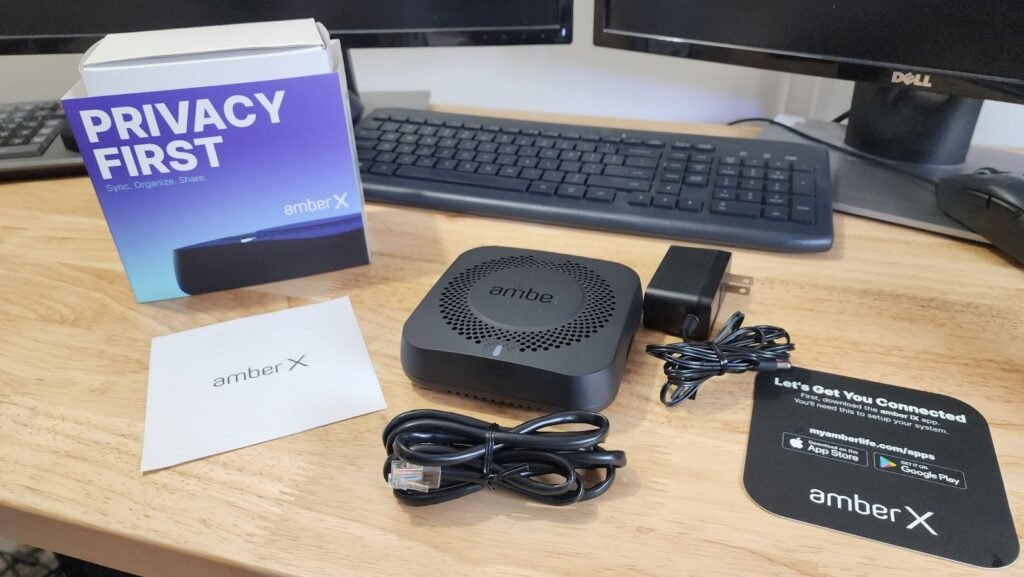If you’ve been paying attention, parenting and tech are a high priority at DaleDumbsITDown. There is an extensive ecosystem of safeties, dangers, and incredible information so family safety with tech is so important and should be a high priority in the home. We’ve already addressed how to create a child account for Windows 10, but with the launch of Windows 11, it’s again vital to know how to set up, install, and configure the parental controls for this new version of Windows. Here’s a step-by-step guide to setting up and using parental controls in Windows 11.
How To Install and Configure Parental Controls In Windows 11
Windows 11 is now readily available to everyone and it includes many new and improved features and benefits. Out of the gate, we love this new version of Windows for a variety of reasons, chief among them building on its ability for parental controls. It has made it easier to configure various parental control features. You can limit activity on your child’s account using the parental control capabilities included in Windows 11.
We love that tech companies are putting an emphasis on parental controls now more than ever. This involves setting screen time limits, limiting access to websites, applications, and games, and imposing purchasing limitations. If you’re unsure of how to get started, this step-by-step guide is for you. In this Windows 11 Parental Control Guide, we will go through how to use parental controls in Windows 11 and a little into the principles behind setting up parental controls on any of your devices.
Below are several features and steps to maximizing the parenting controls for Windows 11. First things first: Setting up a Child Account.
Keep in mind that both the parent and kid accounts must have their own Microsoft accounts. You can use the same account you did when setting up other accounts in previous versions of Windows.
Easy Steps To Creating A Child Account For Windows 11
When you create a new child account for Windows 11, you will be prompted to create a new Microsoft account to link to the child’s account.
Here are the primary steps for creating a child account in Windows 11:
- On Windows 11, open Windows Settings by hitting the Windows and ‘I’ keys at the same time.
- You can also click on the Start menu and then select the Settings app.
- Go to the Accounts tab or click on your account from the top.
- Select the Family and other users option.
- Click the Add account button, which is located next to the Add a family member option.
- Then click on the “Create one for a child” button.
- Enter the email address associated with the child’s account and click Next.
- Enter the password and click Next.
- Enter a name and then press the Next button.
- Choose the child’s nationality, input the child’s birthdate, and then click Next.
- The birthdate essentially allows Windows 11 to enforce age-based limitations automatically. It’s a nice feature we like, so it’s best to add it.
- Finally, click the Next button, and the kid account will be established and linked to your existing account.
In the future, you can change the account type or disable sign-in for the newly formed child account by navigating to your Account Settings.
Configuring The Parent Control Settings
After creating your kid’s account, you must configure parental control settings to prohibit specific websites and other potentially harmful information your kid might be able to access (whether intentionally or by accident). This is a golden feature of parental controls with Windows 11. We love that Microsoft is making these kinds of features a priority with each new version they launch.
The following are the key steps for configuring parental controls in Windows 11:
- Navigate to Settings then Accounts then Family & additional users.
- Select the option Manage family settings online or remove an account. It is possible you might not be logged on to your Microsoft account.
- On this new browser page, click Sign in.
- Write your email phone or skype account and click next.
- Write your password and click Sign in.
- Here is a really important part: If you only use this computer you can stay signed in if not click No.
- Choose the kid account for which you wish to enable parental restrictions.
- You can click on the 3 dots menu and click on Go to overview. This is when you’ll be able to really customize your parental settings for each kid account.
On this page, you will be able to establish a screen time limit, use content filters to restrict websites apps + games, and enable spending reports and other spending controls. On the Family Safety page of your child’s account, you will find many tabs on the left panel, such as screen time, content filtering, and spending. You can configure each of these variables individually and according to your needs. As we’ve discussed in previous articles (depending on how old your child is), it’s important to discuss with them some of the parental settings and controls you place on their devices. The key is to be open and honest and explain the why behind your actions. Another key point is kids don’t need to know every choice you make as a parent, especially involving tech. BUT…it’s still important to have those healthy conversations with your family about the proper use of the technology that is a major part of our lives.
Configuring Screen Time Limits In Windows 11
- To configure screen time limitations:
- First, go to the Screen Time page and enable the “Use One Schedule on all devices” toggle.
- From here, you will be able to set a daily screen time limit. A little tip here always starts small. Giving your kid a lot of time out of the gate may not be the smart option from the get-go. You can also select the” Everyday option” if you wish to have the same routine every day.
- Simply select a specific day and then a time limit. This will allow you to adjust or create additional schedules to allow your child to use the account only during that time span.
Again…these added customization layers are such an awesome feature of Windows 11!
Creating A Schedule For Your Child’s Account In Windows 11
To create a new time schedule:
- Select the “Add a schedule” option and enter the time period for the child account’s usage. You can add several time periods this way and increase the screen time limitations.
- Click the Done button.
- Next, navigate to the Content filters page and toggle the Filter inappropriate websites and searches option under the Web and Search area.
This enables SafeSearch with Bing and blocks any mature content on a child’s account.
Enabling And Allowing Websites On Your Child’s Windows Account
On the flip side, if you simply want to enable specific websites they can visit (like your favorite 10 age-appropriate sites), you can use the “Only Utilize Permitted Websites” option.
To add websites that you want to allow on the child account, click the Add a website (+) option located under Allowed sites. Similarly, you can restrict access to specific websites by clicking the Add a website (+) option under Blocked sites. Furthermore, you can enable activity reporting to see and track searches and web activity on your child’s account.
Again, this level of parental control and tracking are the kinds of features we should expect with devices entering the market in the 2020s.
Restricting Apps and Game In Your Child’s Account
There are still a few more filtering options to enable and enhance. In the same Content filtering menu, navigate to the “Apps and Games” area.
You can set an age limit here to enable only age-restricted apps and games on your child’s account. If your child requests access to a certain app, you will be prompted to do so. You have the option of granting or denying the requested access.
If you’ve ever enabled screen time tracking and features on an iPhone with your children, it operates the same way.
What about an app that you’ve previously blocked? If you want to allow access to an automatically blocked app, go to the “Blocked Apps” section and click the “Remove” option.
What about spending? Next, you’ll want to find the Spending page and enable the activity report for your child’s device spending. Again…you won’t want to skip over this. To enable this feature, turn on the “Turn on activity reporting” toggle in this tab. From here, you can block your child from making purchases of any kind, set spending limits (yes, this is a feature some parents love), and enable spending notifications. You can also look into payment methods from this page.
Find Your Family On A Map With Microsoft
Microsoft provides a “Find Your Family On a Map” tool, which allows you to use the Family Safety mobile app to check the real-time location of your child or another family member. Before you panic at the idea of having Microsoft track your kid, push pause for a minute. Your devices are already tracking you. This is just par for the course with smart devices in this day and age. The Family Safety mobile app is free for iPhone and Android users. Once you have this feature enabled in parental controls in Windows 11, just log out from your main account and leave your child to connect to the newly created account. Simply sign in with the new account created for your child and Windows 11 will guide you through the process. After you have configured the account your children can easily use this account on the computer and you don’t have to worry…as much.
Some Parting Words Of Tech Parenting Advice
Even though we set up parenting controls and have all the settings and configurations enabled, it’s still not a replacement for responsible parenting. It’s still vital to have normal, healthy, and consistent conversations with your family about our smart devices. Make these conversations a part of your family’s culture. They’re important. It’s also really important to not allow your kid to use your personal account as this will not protect them. Do not share your password with your children because it defeats the purpose of setting all of this up. We hope this guide has been useful in configuring and using parental controls in Windows 11 for your family. For more information on family safety with tech, follow our blog with regular updates to help your family.








